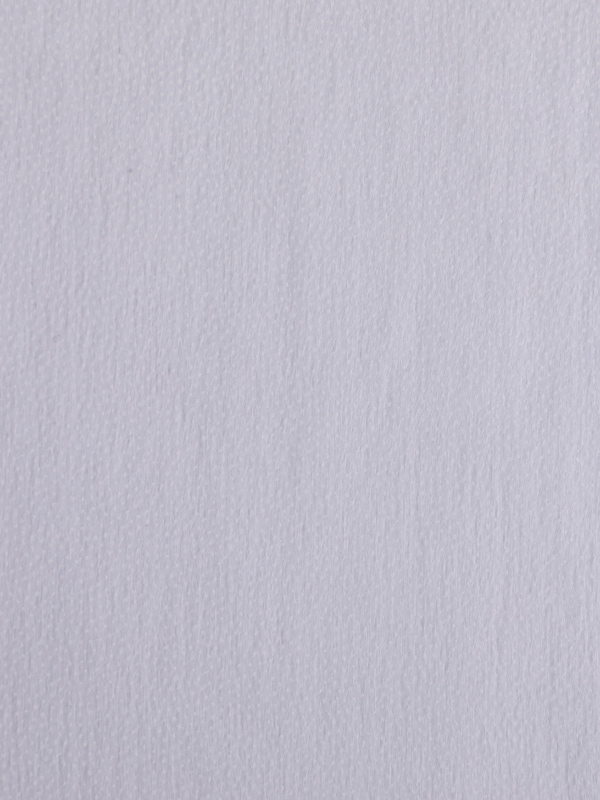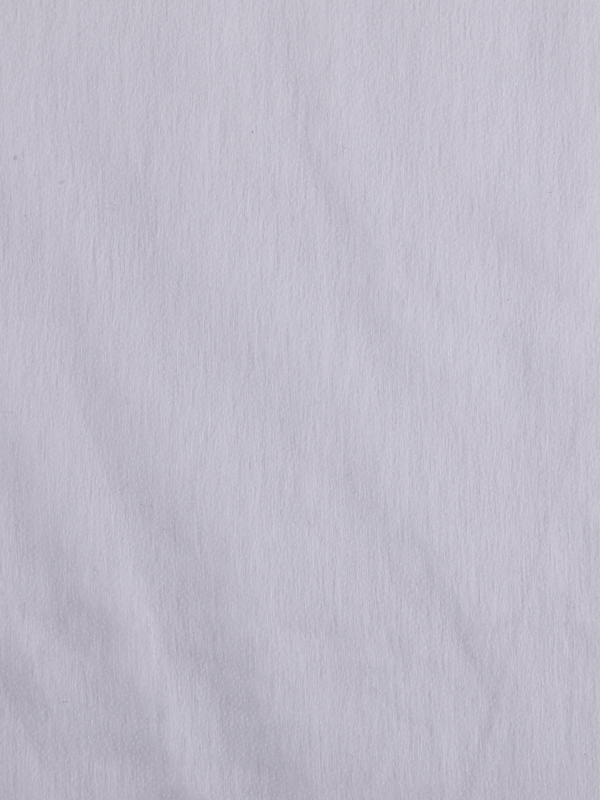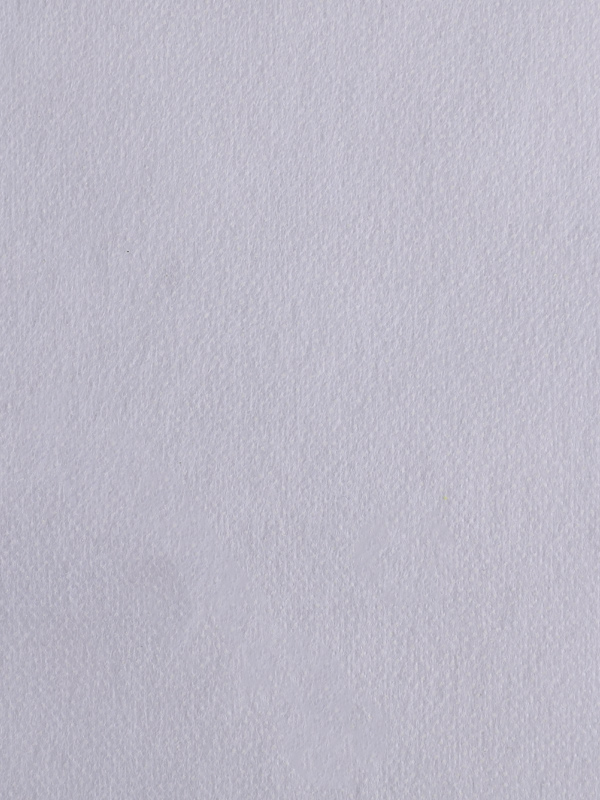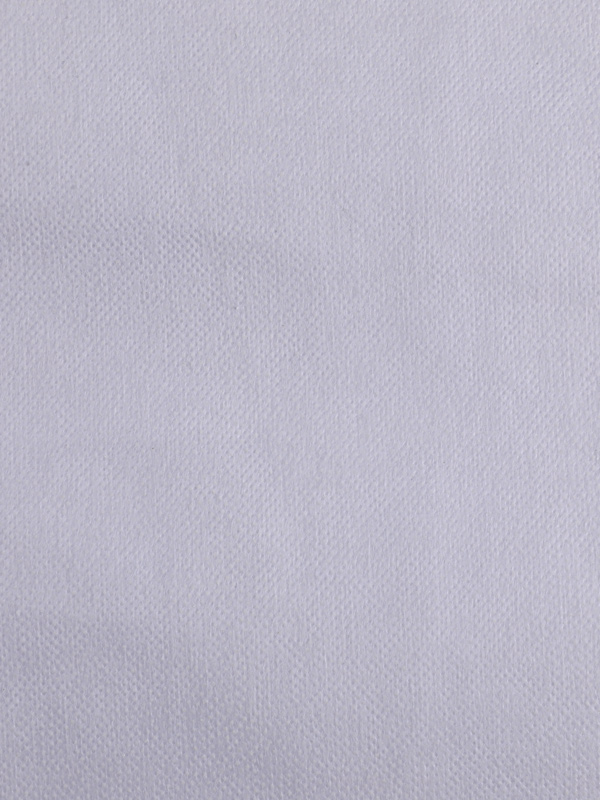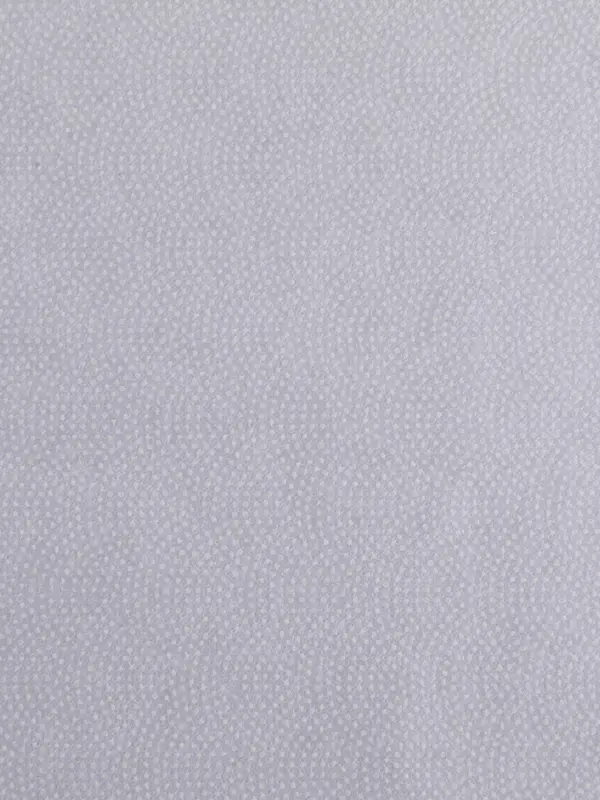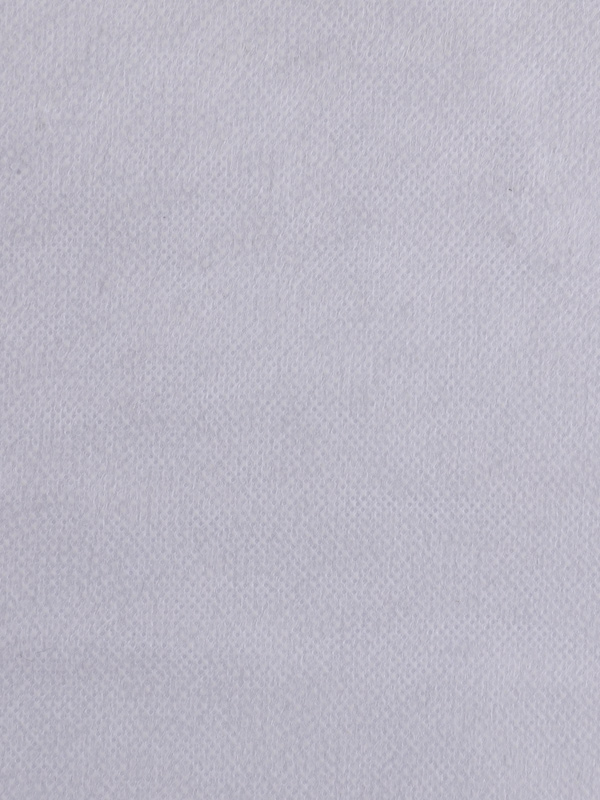The traditional clothing process is to sew fabrics together by hand. Later, due to the development trend of bonding technology, interlining was created, and bonding was used instead of surgical stitching, which brought a new change to clothing technology. Next, let everyone know about the interlining!
Details of interlining
The interlining is a kind of clothing accessory that adheres to the textile fabric and has the functions of maintaining the shape, setting, and shape design of the clothing. It is used in the neckline, sleeves, body, hem, bag sealing, placket, hanging edge, waistband, etc. of clothing, as well as clothing shoes and hats, boxes, backrests, etc.
Classification of interlinings
At this stage, interlining can be roughly divided into four categories: black carbon interlining, ponytail interlining, epoxy interlining, and adhesive interlining.
1. The black carbon lining is made of cotton, chemical fiber, wool, pure spun, or blended fabric as bobbin yarn, which has natural ductility, hardness, and weft drape, and is mainly used for suits, long coats, etc.
2. Ponytail lining is a wool lining made of ponytail spun yarn, which has natural stiffness and ductility, and a small shrinkage rate.
3. The epoxy resin lining has been combed by polymer epoxy resin and has the characteristics of hard, small shrinkage, and stable specifications. Most of them are used in collar linings, waist linings, cap linings, etc.
4. The adhesive lining is made by coating the hot sol powder on the needle-punched non-woven fabric, which can achieve the effect of clothing design and shape preservation. It has the advantages of good washing resistance and no deformation after several cleanings and is mostly used for clothing, clothing, shoes and hats, decorations, etc.
Bonding principle of adhesive lining
The key to the adhesion of the adhesive lining comes from the thermosetting of the hot sol. At normal temperature, the hot sol is in a "glass state"; with the increase of temperature, the hot sol becomes softer and more ductile, showing an "elastic cotton state"; when the temperature is raised to the melting temperature again, the hot sol melts and can flow sex, in a "viscous fluid state". All three cases are reversible.
Quality review of interlining
External quality: needle-punched non-woven fabrics have good uniformity, good resilience, good touch, no wrinkles, consistent width, uniform, and effective viscose throughout, no leakage, no powder drop, and moderate dispensing volume.
Essential quality: The thermal shrinkage rate and shrinkage rate of the interlining fabric are small, the color fastness of the adhesive is high, and there is no bubble or deformation after cleaning.
In addition, although interlining is used as clothing lining, its quality requirements are stricter than fabrics in some aspects. The reason is very simple the product quality of a small piece of interlining can jeopardize the practical value of a piece of clothing. As a textile product, in addition to the general appearance quality inspection, the interlining should also focus on the regulations on quality and characteristics to ensure the practical value of clothing.
